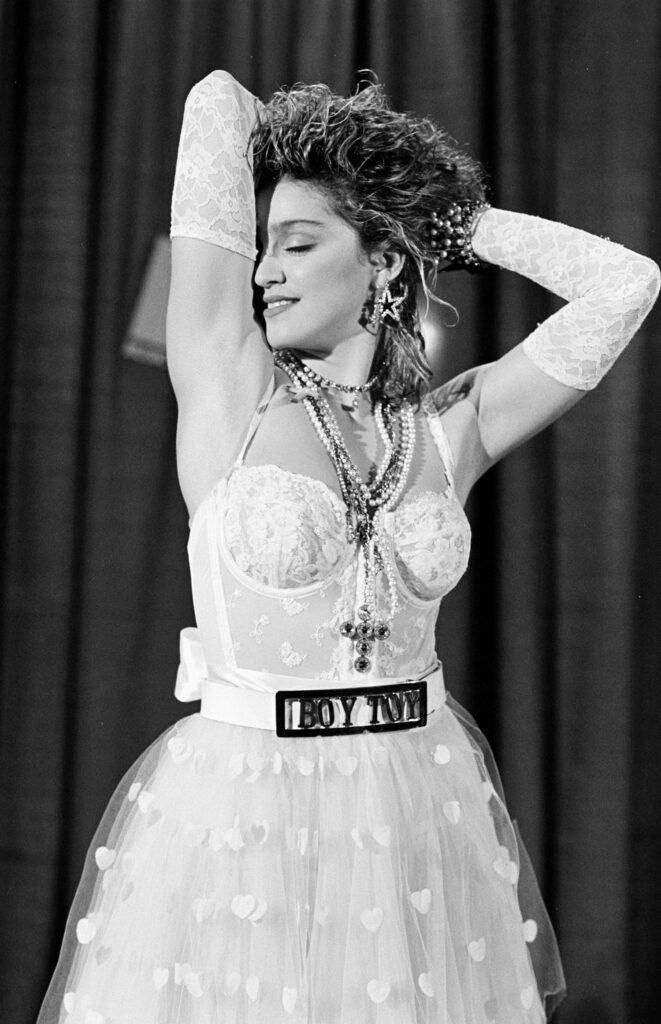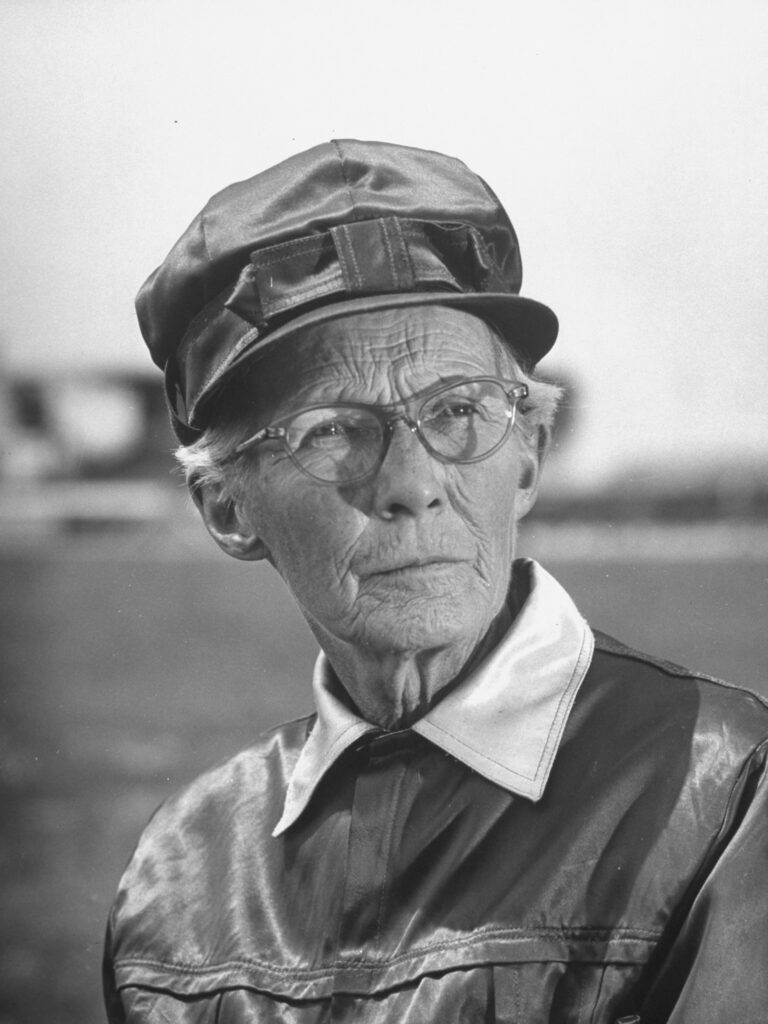In his wonderful 2010 autobiography Life—hey, nice title—Keith Richards wrote that “We age not by holding on to youth, but by letting ourselves grow and embracing whatever youthful parts remain.”
His philosophy seems to be working, because Keith Richards has moved through the decades with a spirit that remains remarkably untouched by time. He is first and foremost known as a member of The Rolling Stones and for his guitar work on classics such as Sympathy for the Devil. But the unapologetic and unrepentant way he has lived his life has come to be appreciated as its own work of art. It’s why the most popular photo of Richards in the LIFE print store shows him holding not a guitar but a bottle of whiskey.
This collection of performance and paparazzi shots from the 1980s and 1990s captures Richards showing his mastery on stage, and also living the life of a beloved rock star. Included are photos of the breathtaking all-star jam at the 1992 Rock & Roll Hall of Fame induction ceremony, in which he shreds on classics such as All Along the Watchtower and Green Onions with the likes of Neil Young, Johnny Cash, Jimmy Page, Little Richard and The Edge, among others.
While offstage, Richards posed for photos with, among others, action star Tom Cruise, fellow rock legend Bruce Springsteen, and President of the United States Donald Trump. When you are as cool as Keith Richards is, everyone wants to be in the frame with you.

Keith Richards took center stage during the Rolling Stones’ ‘Voodoo Lounge’ tour, 1994.
DMI

Rolling Stone band members Mick Jagger (left) and Keith Richards shared a laugh.
DMI

Keith Richards and his father, 1983.
DMI

Keith Richards outside New York’s Danceteria night club, 1980.
DMI

Keith Richards.
DMI

Keith Richards in concert.
DMI

The Rolling Stones, with Bill Wyman, Mick Jagger and Charlie Watts, basked in the cheers.
DMI

Bruce Springsteen and Keith Richards.
DMI

Keith Richards
DMI

Keith Richards
DMI

Actor Tom Cruise (right) chatted with Keith Richards (right) and Ron Wood backstage before a Rolling Stones concert in Las Vegas.
DMI

Keith Richards (right) with (left to right) The Edge, Carlos Santana and John Fogerty at the 1992 Rock & Roll Hall of Fame induction ceremony.
DMI

Keith Richards, with (left to right) Neil Young, The Edge and Jimmy Page at the 1992 Rock & Roll Hall of Fame induction ceremony.
DMI

Keith Richards with Johnny Cash, John Fogerty, Little Richard and others at the 1992 Rock & Roll Hall of Fame induction ceremony.
DMI

Actress Elizabeth Hurley with rock musician Keith Richards and his wife, Patti Hansen, at the premiere of the 1999 film Mickey Blue Eyes, which Ms. Hurley co-produced.
DMI

Keith Richards and wife Patti Hansen with Donald and Melania Trump.
DMI













































































